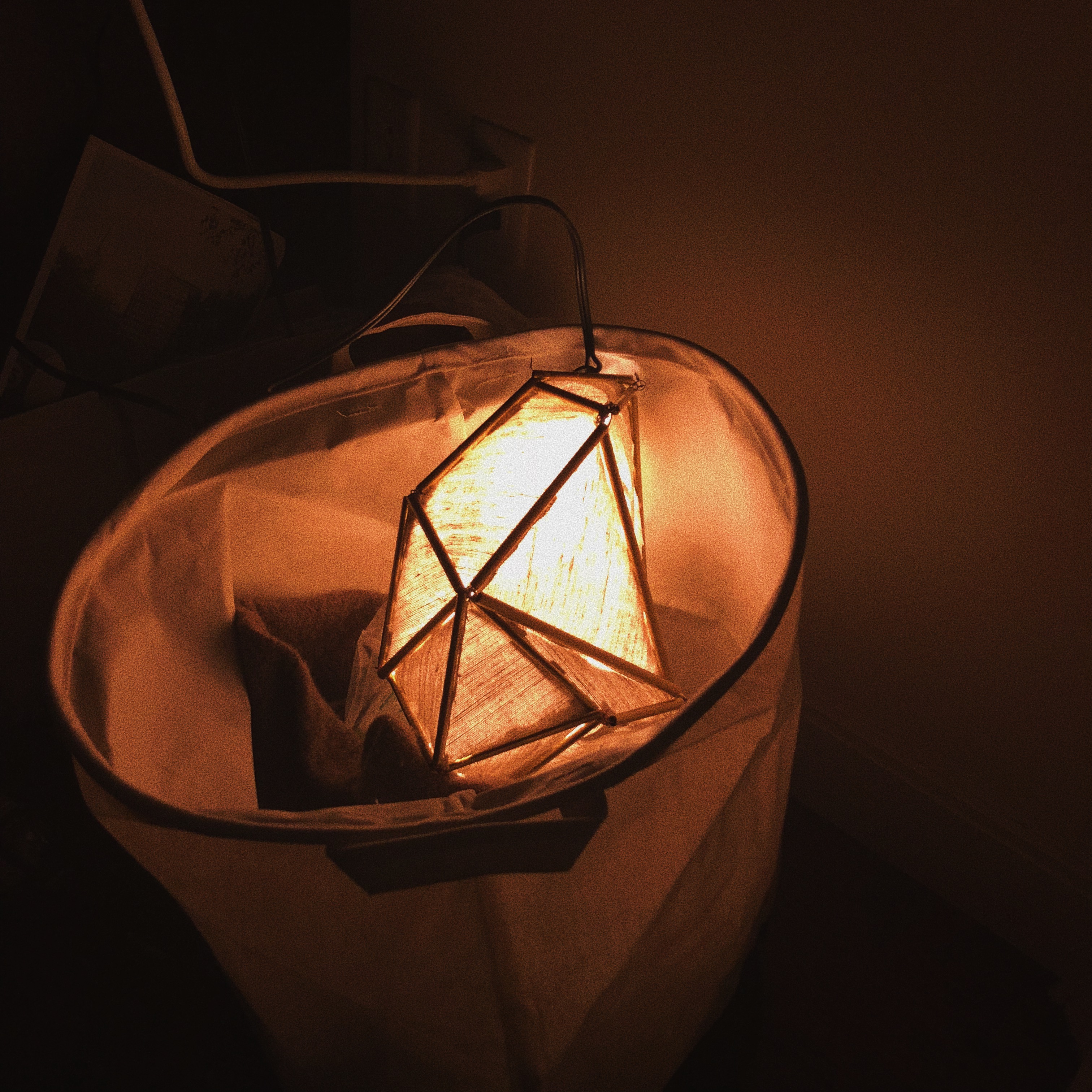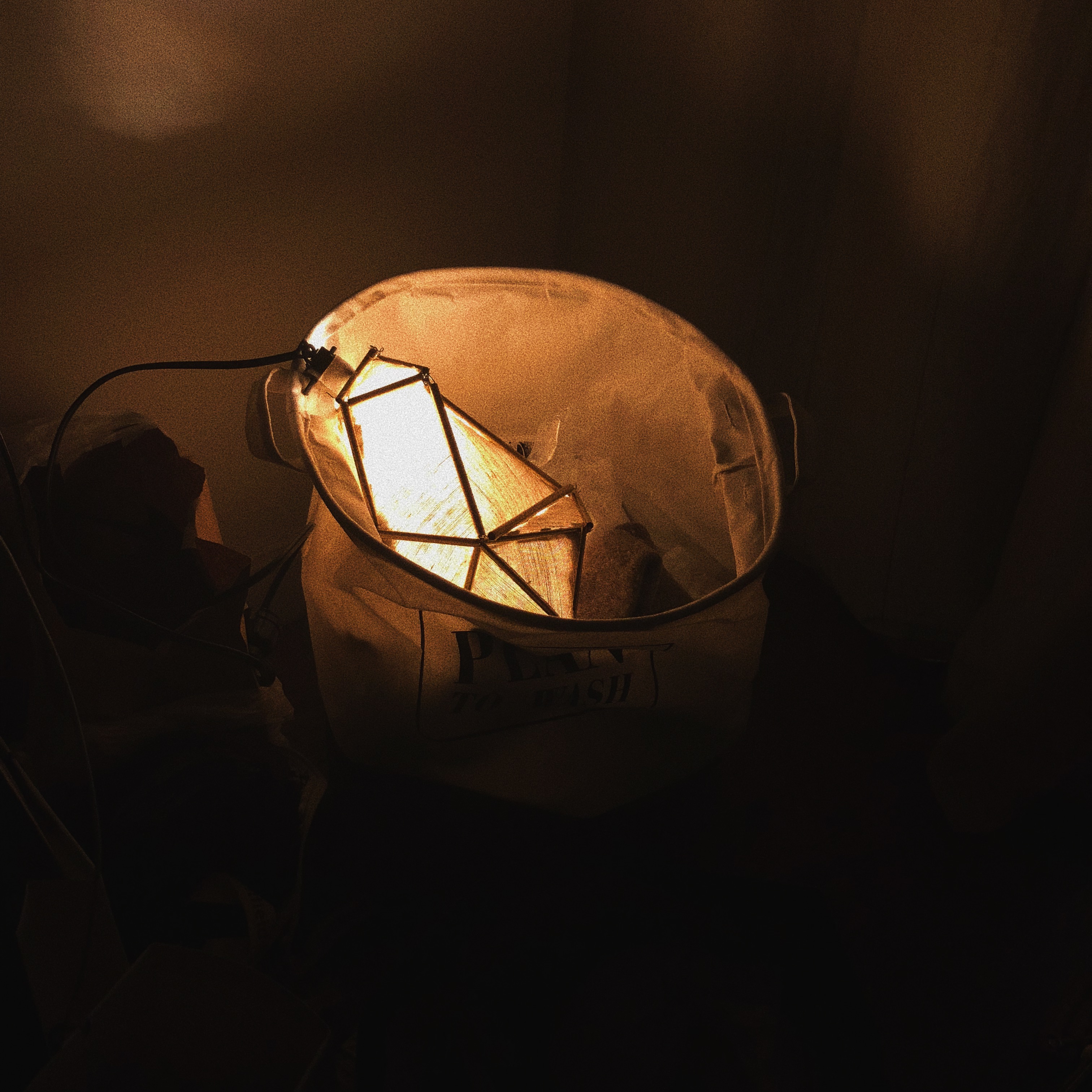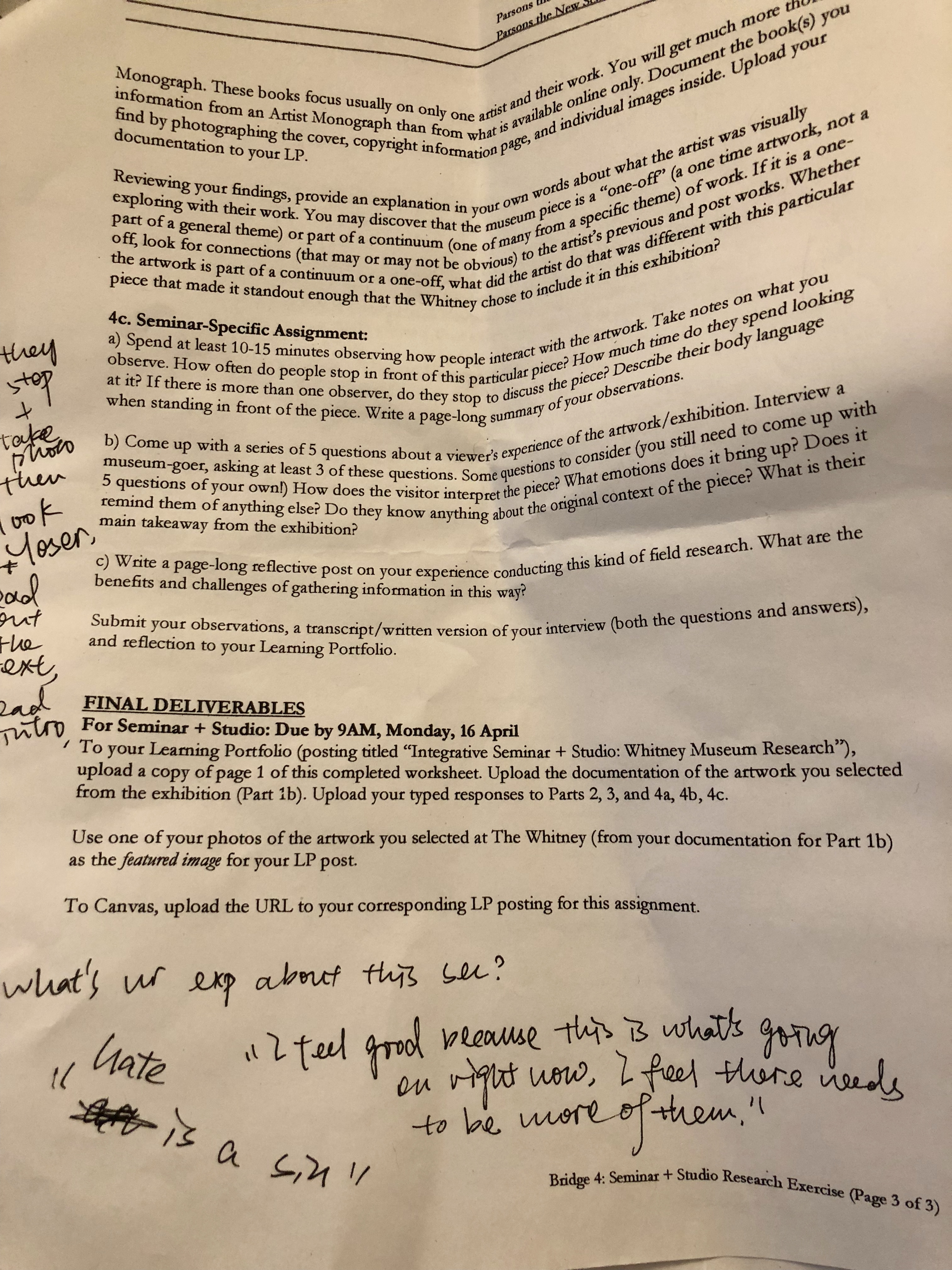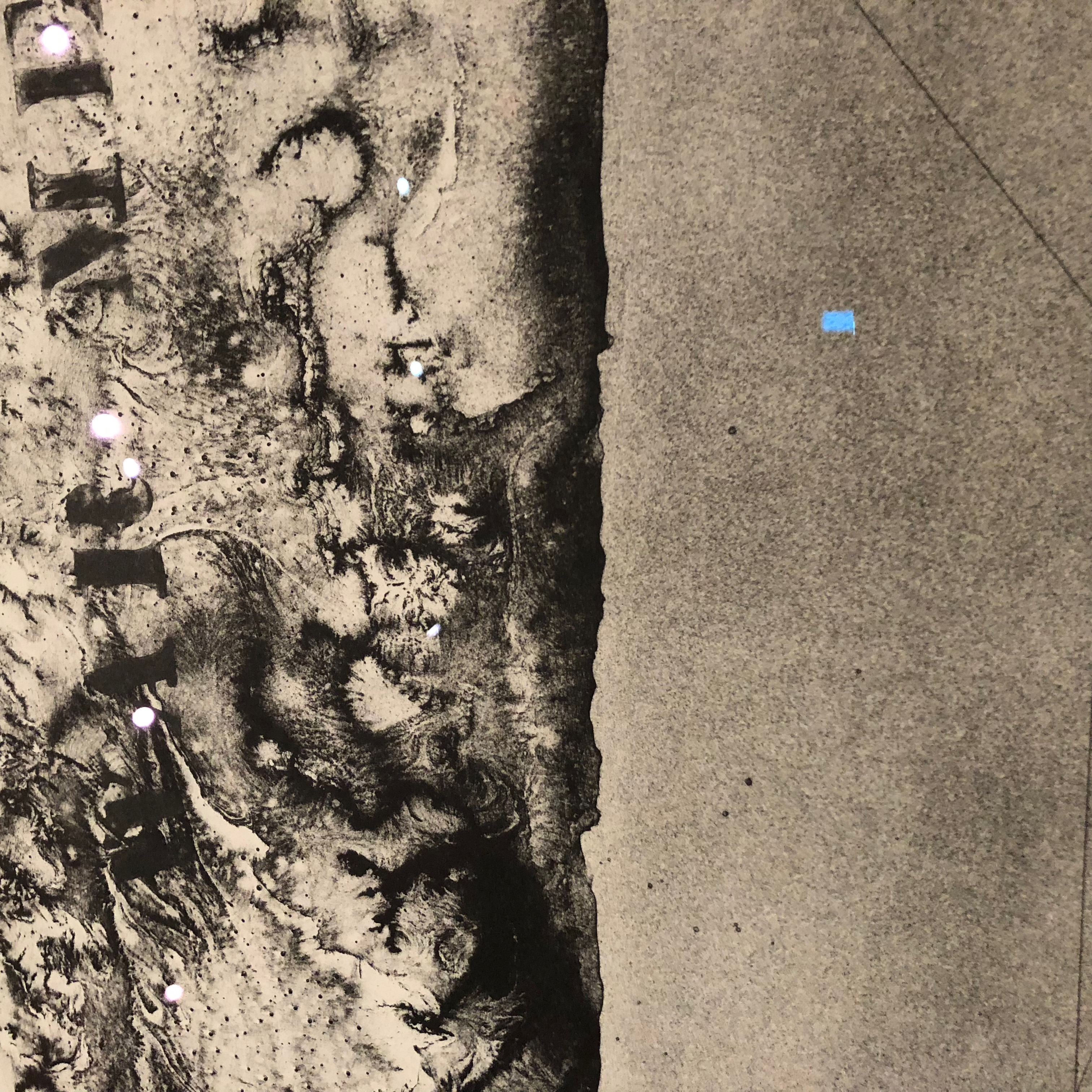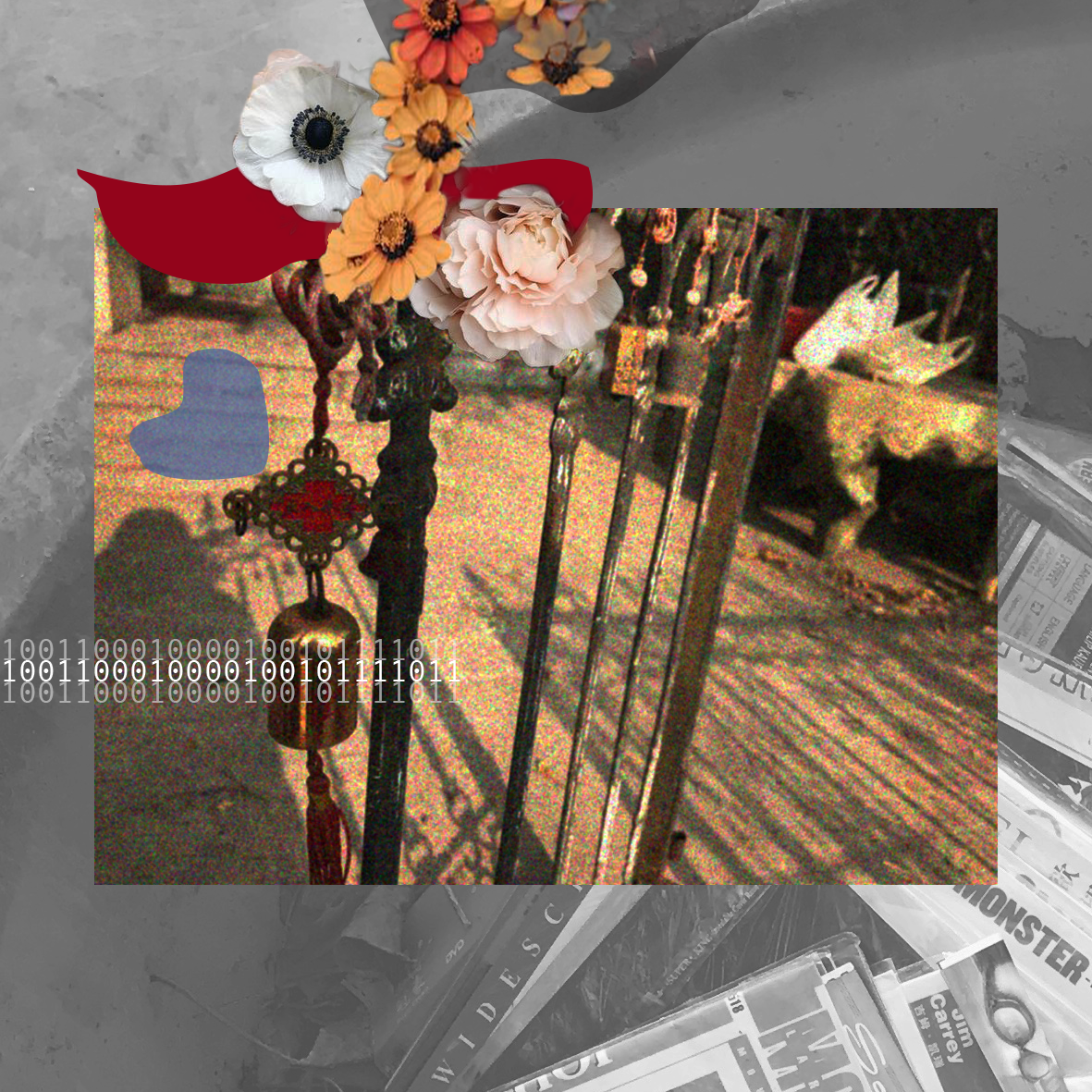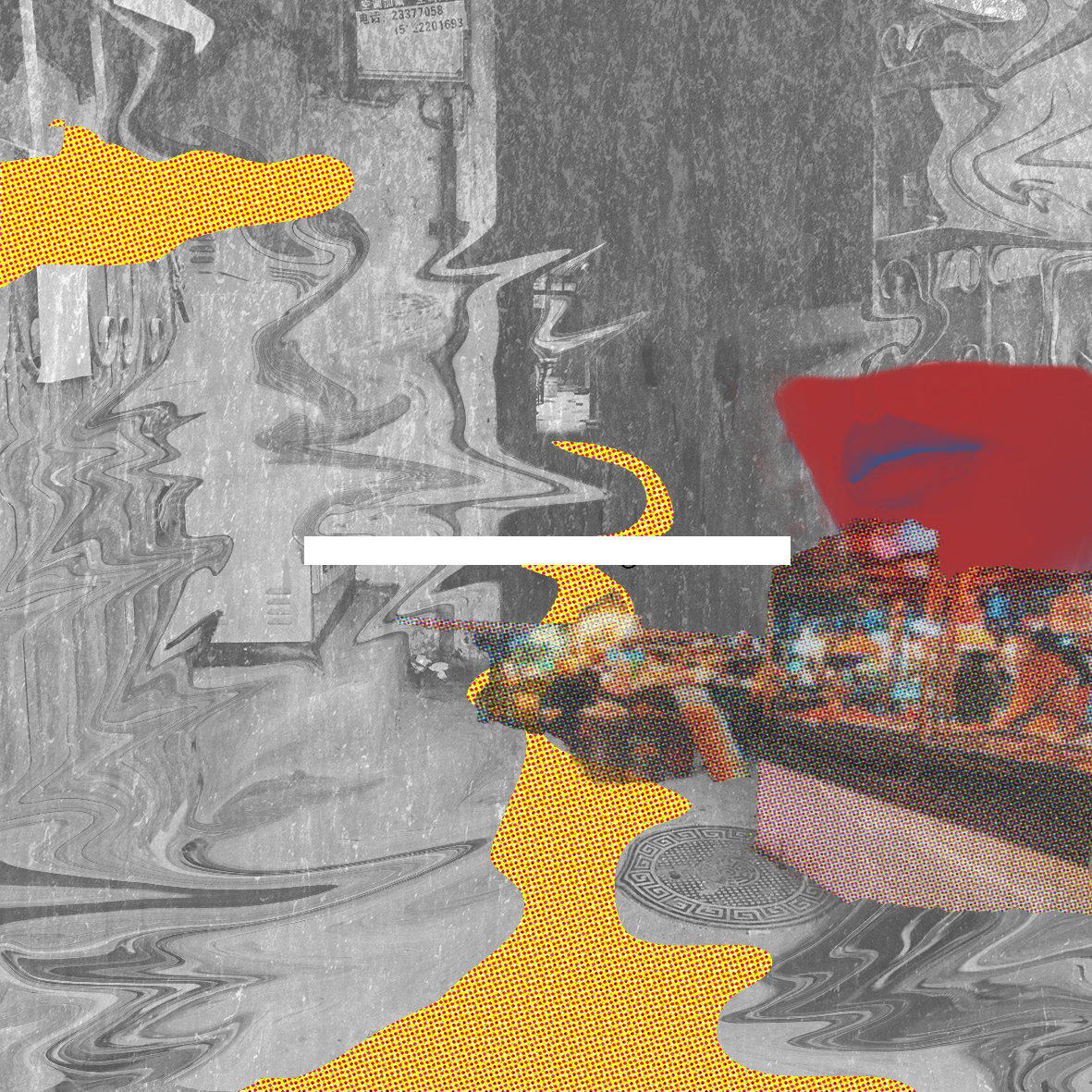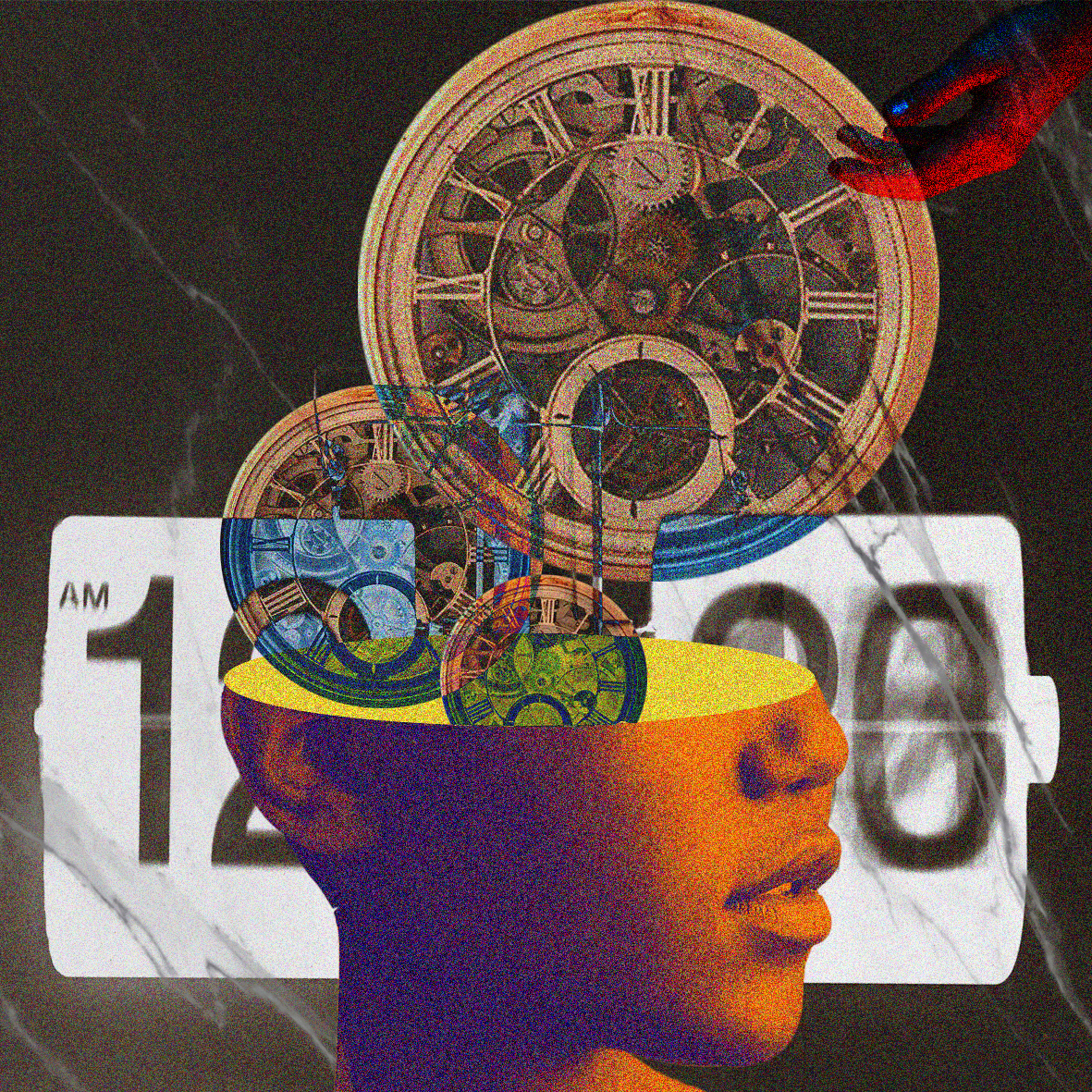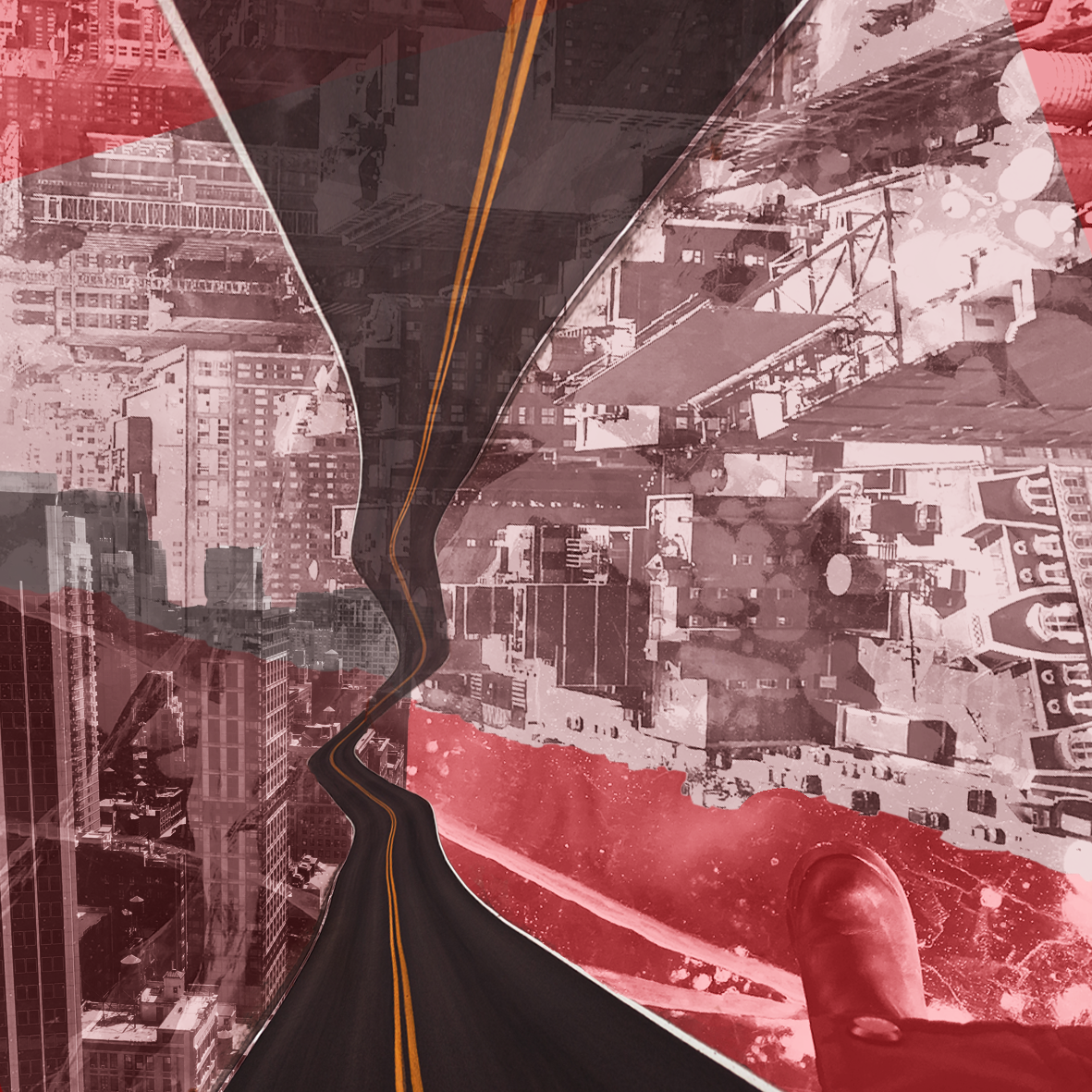1An assessment of your growth through studio/seminar interaction this semester:
-In what ways have studio and seminar reinforced each other for you and challenged you to have a broader view of both making and reading/writing?
In studio class, we were assigned projects in different themes then create artworks as responses. Seminar class offered us a chance to broaden our horizon through the process of reading and thinking. It’s hard to come up with good ideas at the beginning of each project, sometimes the assignments we did in seminar class can inspire me. For example, in bridge one project we need to create a visual chronology reflecting memories through our lives. At first I didn’t really know what to do for such project, but later in seminar class we started to write ‘I remember’, which helped me recall and organize all my fragmented and trivial memories. Through the process of writing, my ideas began to develop and finally I managed to finish this assignment.
-In what ways has your perspective changed or grown as a result of your work in these two courses?
Before I took this class, I always have the problem of developing believable and well-organized concepts. I used to design something that looks nice first and barely thought about the concepts and meanings behind it. The two classes gave me chances to communicate with my partner and my client.I can think deeper about the concept of my design. Like the peer to peer project and humans of new york projects, I needed to imply people’s identity and background stories in my design. Now I believe that information like these can be even more important than the design itself. So both classes had changed my ways of working, helping me think and act like a real and professional designer who try the best to satisfy the needs of clients.
-Which assignments were the most challenging and satisfying for you, and why? What have you learned about your strengths and weaknesses, your passions and interests through these assignments.
The most challenging assignment was the short story. That was the first time we worked as a group of three this semester, and each member in the group had different ideas of what kind of story we would write. So it took some time for us to argue and compromise. Also the writing process was challenging because I had no experience of writing novels or stories before, and we made some mistakes because we wrote our parts separately. The most satisfying assignment for me was the bridge one project ‘I remember’. It’s a fun assignment because of its genre. Also, that was a individual assignment so I had more controls and I could write in any way I wanted. After these two assignments, I found that my strength was working by myself instead of working in a group, and my passion was writing in a more creative way instead of writing a novel or academic essay.
2. Looking Ahead
-What interests, passions, methods will you pursue in the following semesters as a result of your work here?
My major was communication design, and I think I will keep working in that direction for the following semester. I designed things like posters, cd covers, and books in studio class this semester, and they’re all related to communication design, I think that’s what I felt the most comfortable to work with.
-How can you apply what you’ve learned in Studio/Seminar to future pursuits?
For the last project our group designed a book, and I found book art was really interesting, I will probably continue to design books in the future. Both of the two classes asked us to talk with others, even the strangers on the street. I’ve learned how to communicate with people I didn’t know, and that’s a necessary skill designers must learn. I’ll apply my experience when I talk to the costumers in the future.
-What new ideas do you want to explore based on your experience in these two classes and the research project specifically?
I want to explore some social problems existing in modern society. In the ‘humans of NY’ we heard different troubles and challenges that people had. The range of problems included gender or race equality, marriage crisis, refugee problems…etc.In the future, I hope to make artworks about these problems and try to let more people know and pay more attention to them.







